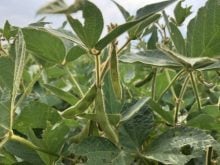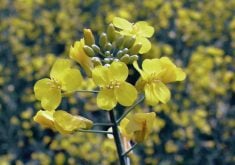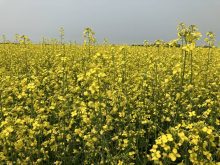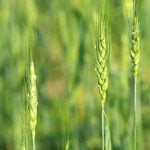Poor harvest weather definitely cut into the size and quality of this year’s Canadian canola crop, with a large percentage still in the fields heading into the end of October.
However, that supportive supply-side story may be factored into the futures for the time being, with the market now in need of some fresh demand news to keep it pointed higher.
Statistics Canada’s next official production estimates won’t be released until the beginning of December, but general expectations are for a downward revision to the September estimate of 19.4 million tonnes.
Read Also
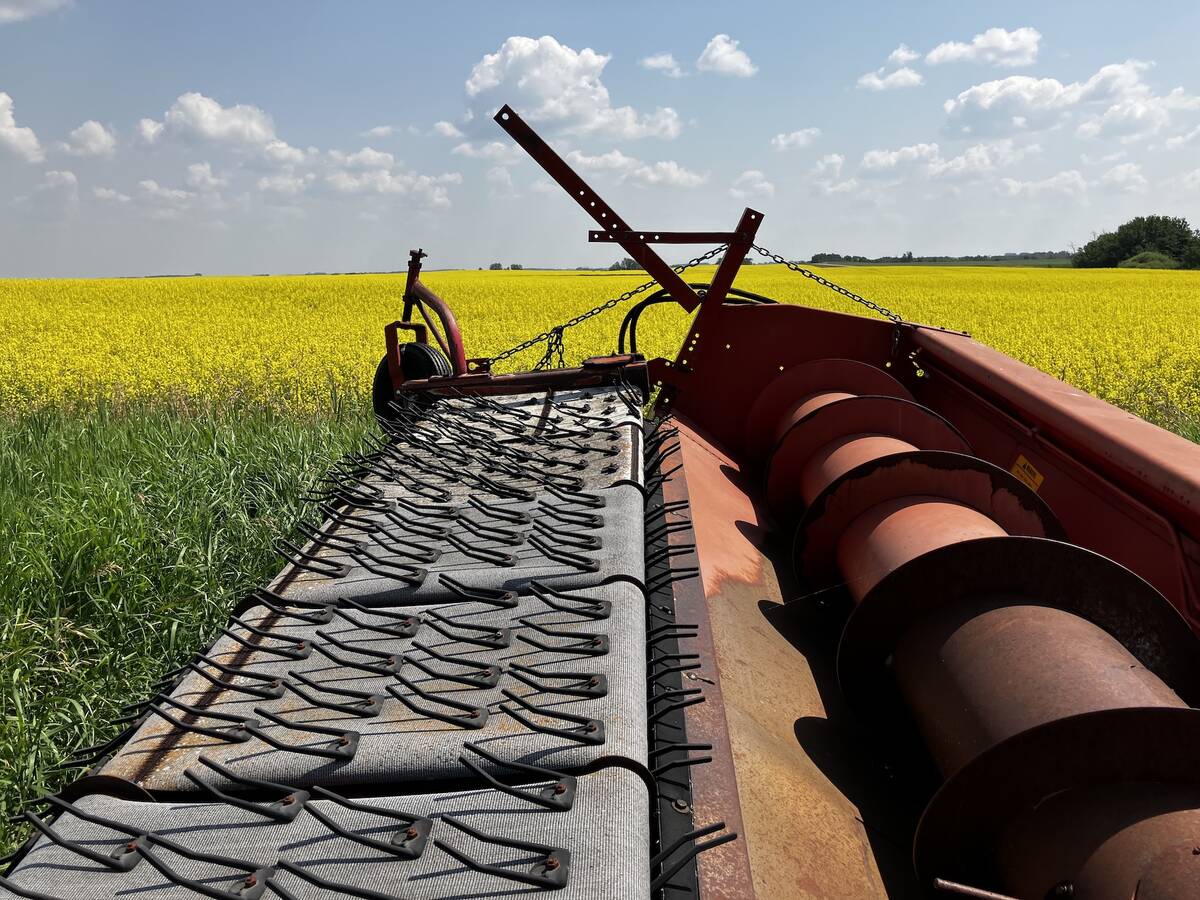
Stronger canola prices welcome surprise
Mid-November canola market holding above resistance based on durable demand, resulting in pleasantly higher canola prices for Canadian farmers
That said, record carry-in supplies at the start of the crop year of 4.0 million tonnes and a lack of movement on Canada’s diplomatic dispute with China means that end-users still have little reason to bid up the market.
While concerns over Chinese demand continue to overhang the market, the situation might be a little more constructive when it comes to domestic crusher demand.
Crush margins are very wide, at about $100 above the nearby futures, which should be a sign that crushers are seeing good profits and canola may be getting on the cheap side.
Domestic disappearance in the crop year to date of 2.26 million tonnes is running about half a million tonnes ahead of the 2018-19 pace, according to Canadian Grain Commission data. Exports, meanwhile, are on par with last year’s level at 1.73 million tonnes.
Soybean futures at the Chicago Board of Trade stalled out in their move higher, as the will-they/won’t-they trade negotiations between the United States and China failed to see any concrete developments beyond the optimistic headlines. However, soyoil remains in a steady uptrend – hitting its best levels in eight months during the week.
Some of the strength in soyoil stems from gains in palm oil, which is often a key driver in the world vegetable oil markets.
Malaysian palm oil futures, which are the main price indicator for the commodity, climbed to their highest levels in 16 months during the week, with solid exports and increased demand from the domestic biofuels sector behind the sharp rise. However, palm oil is facing restrictions in the European Union over environmental concerns. India is also threatening to boycott purchases of Malaysian palm oil in protest over comments made by a Malaysian official regarding the conflict in Kashmir.
African swine fever in China is also indirectly supporting vegetable oil prices. The disease has forced the country to cut its hog herd nearly in half, according to some estimates, which means the demand for soymeal to feed those hogs has also dropped.
Even if a firm deal is reached with the U.S., Chinese demand for soybeans was always going to be lower this year due to the issues in the hog sector.
While China may be buying fewer beans to crush into meal, the country still needs oil for cooking. Some of that demand adds to the recent strength in palm oil, with soyoil, canola oil, and other vegetable oils also receiving some benefit.
In the grain markets, U.S. wheat and corn futures moved lower during the week, backing away from nearby highs as speculative positioning a feature.







